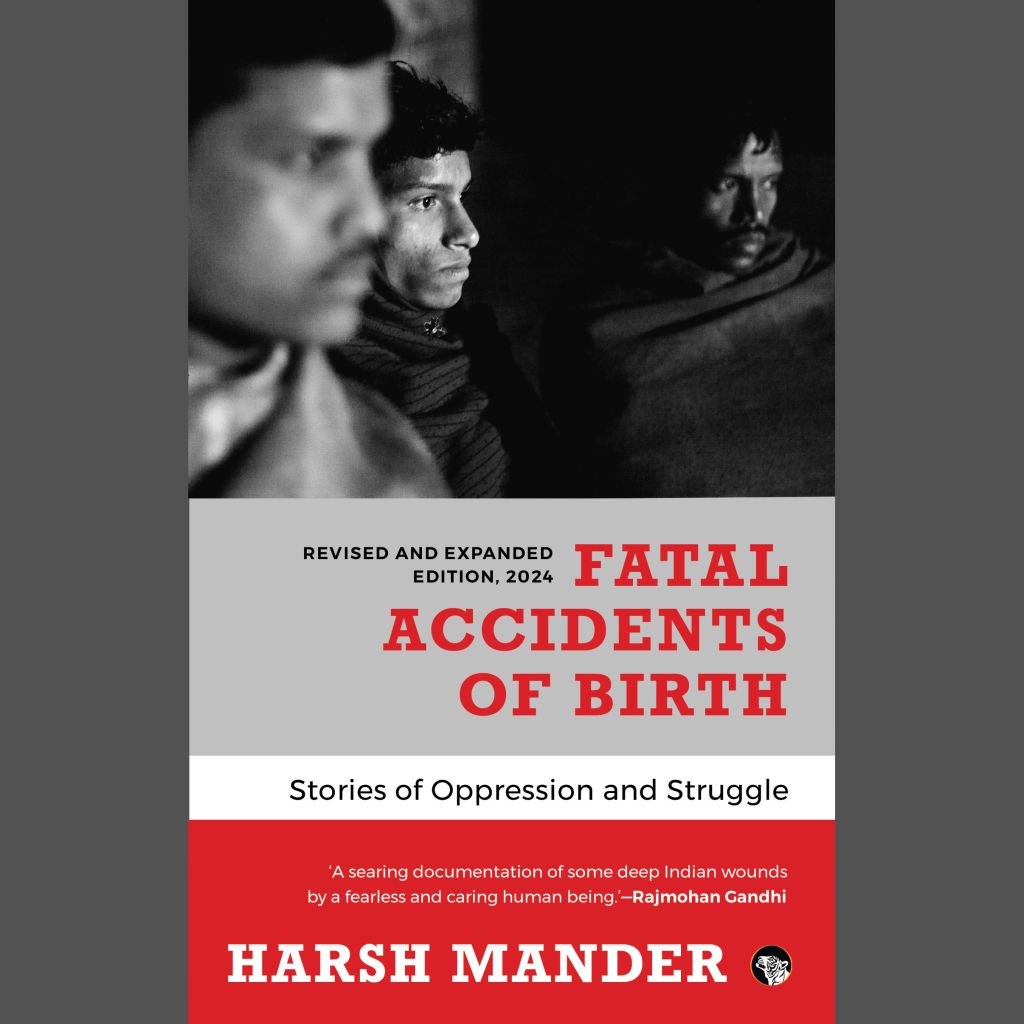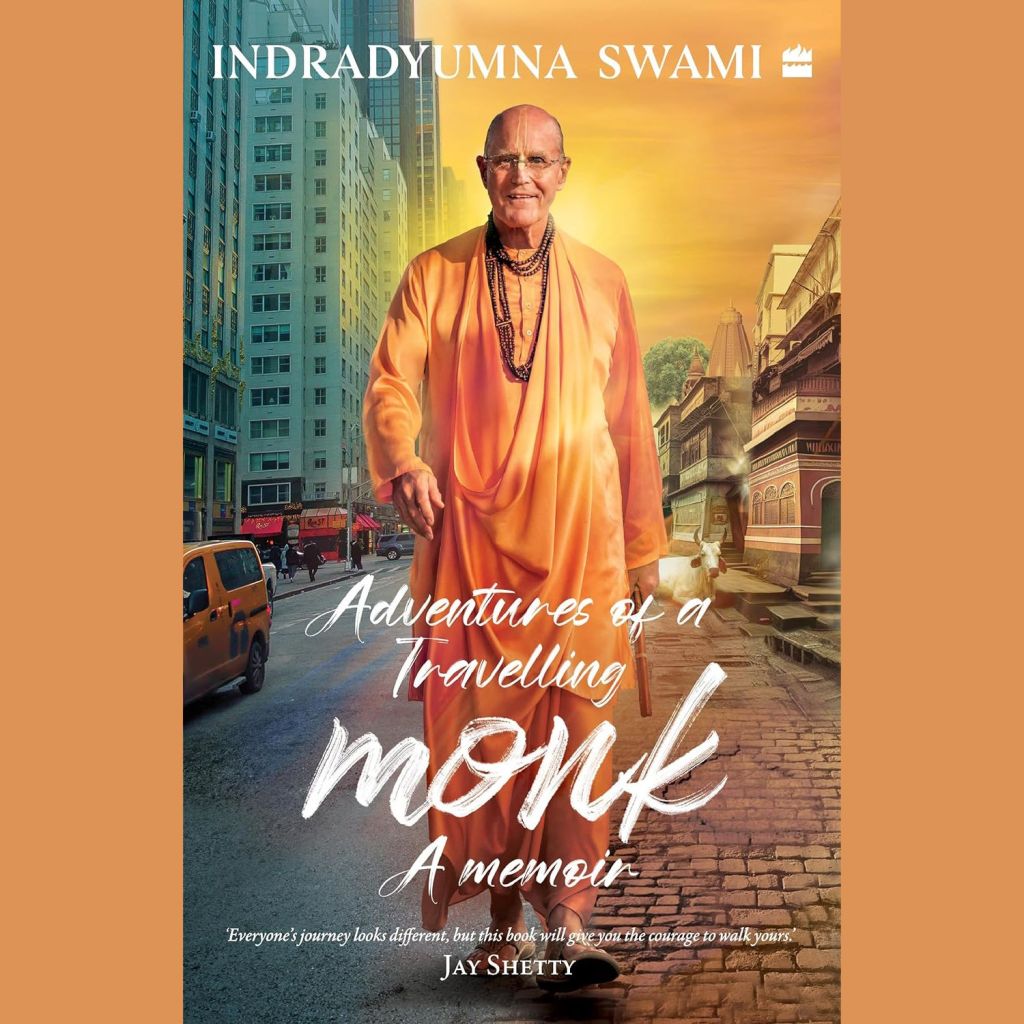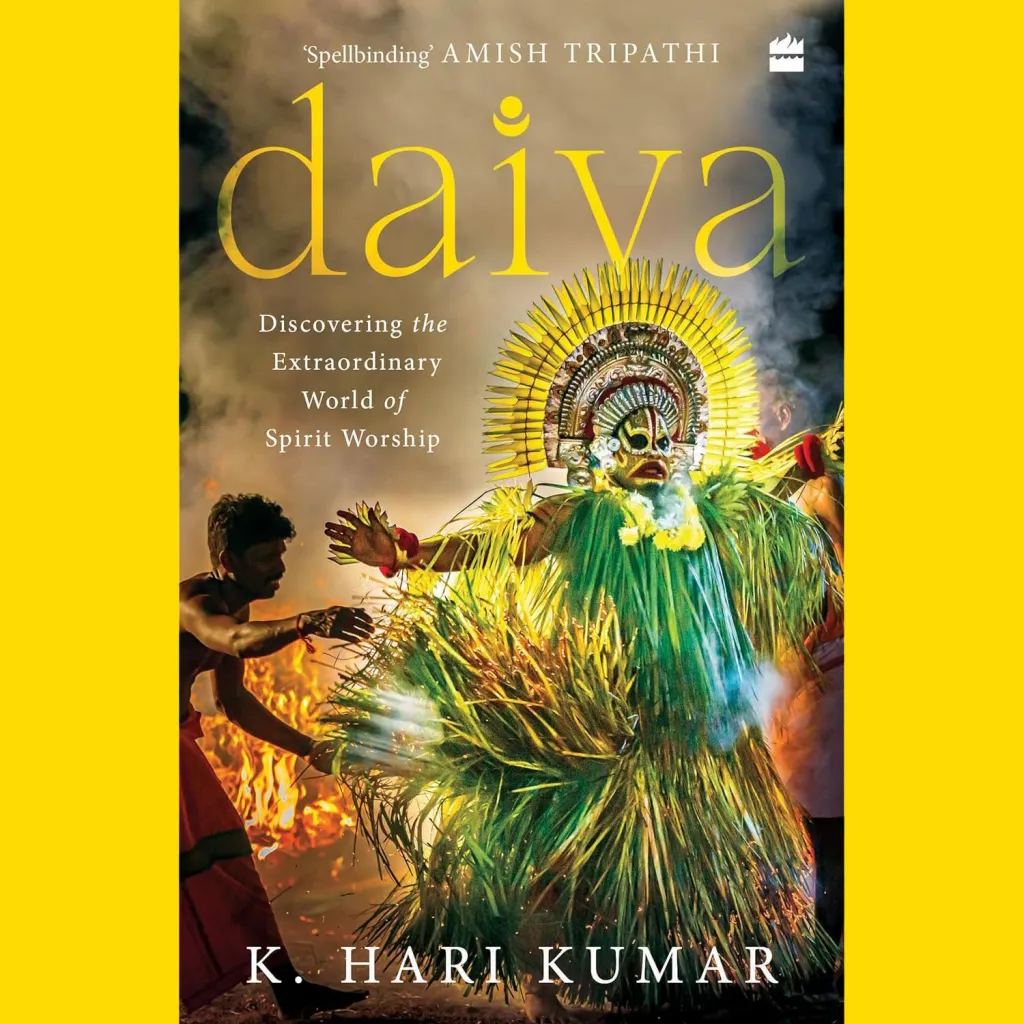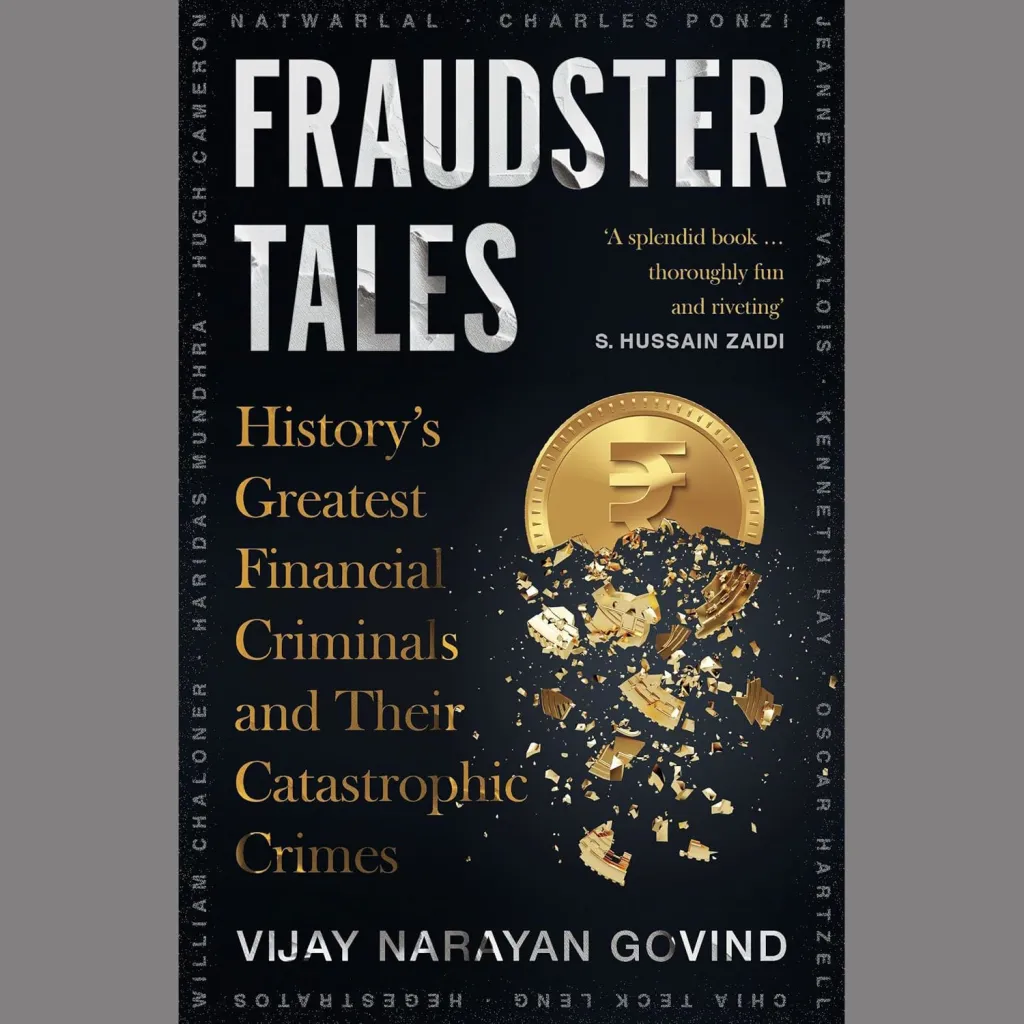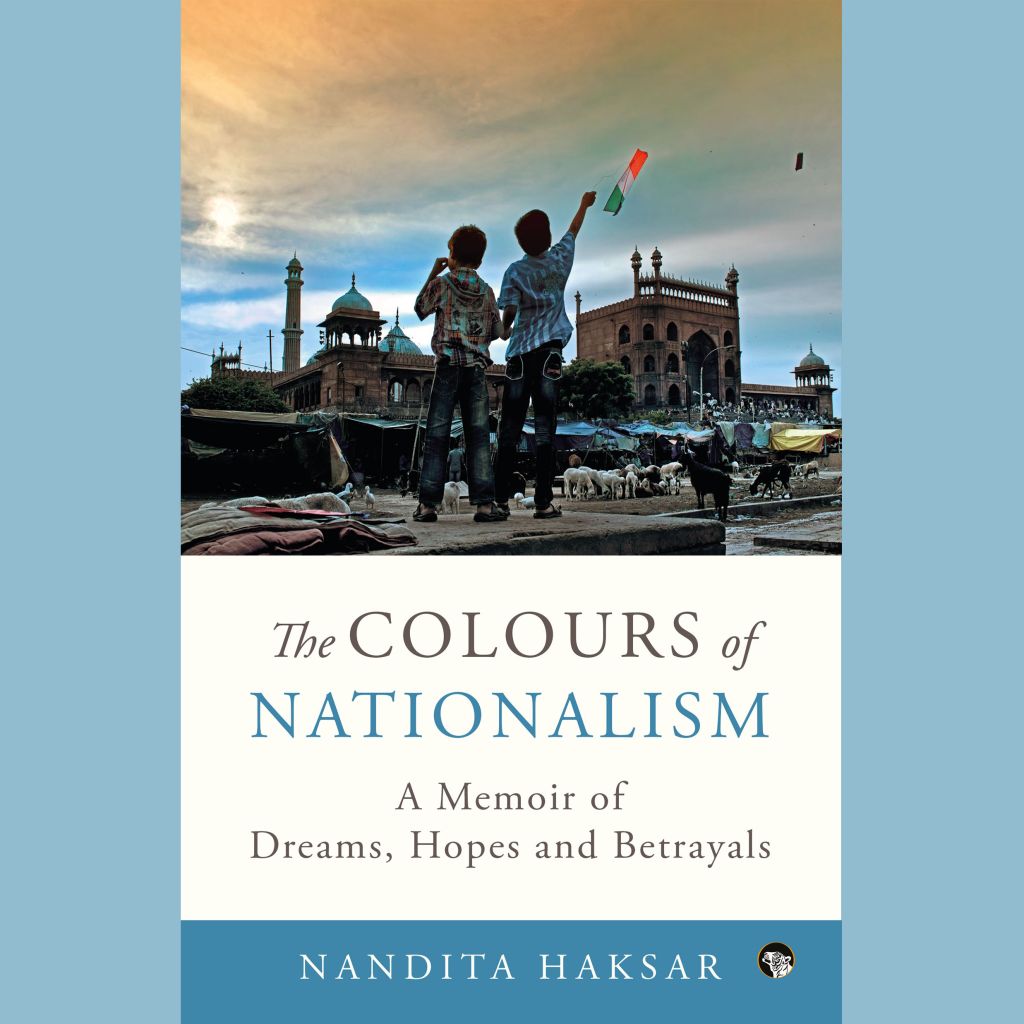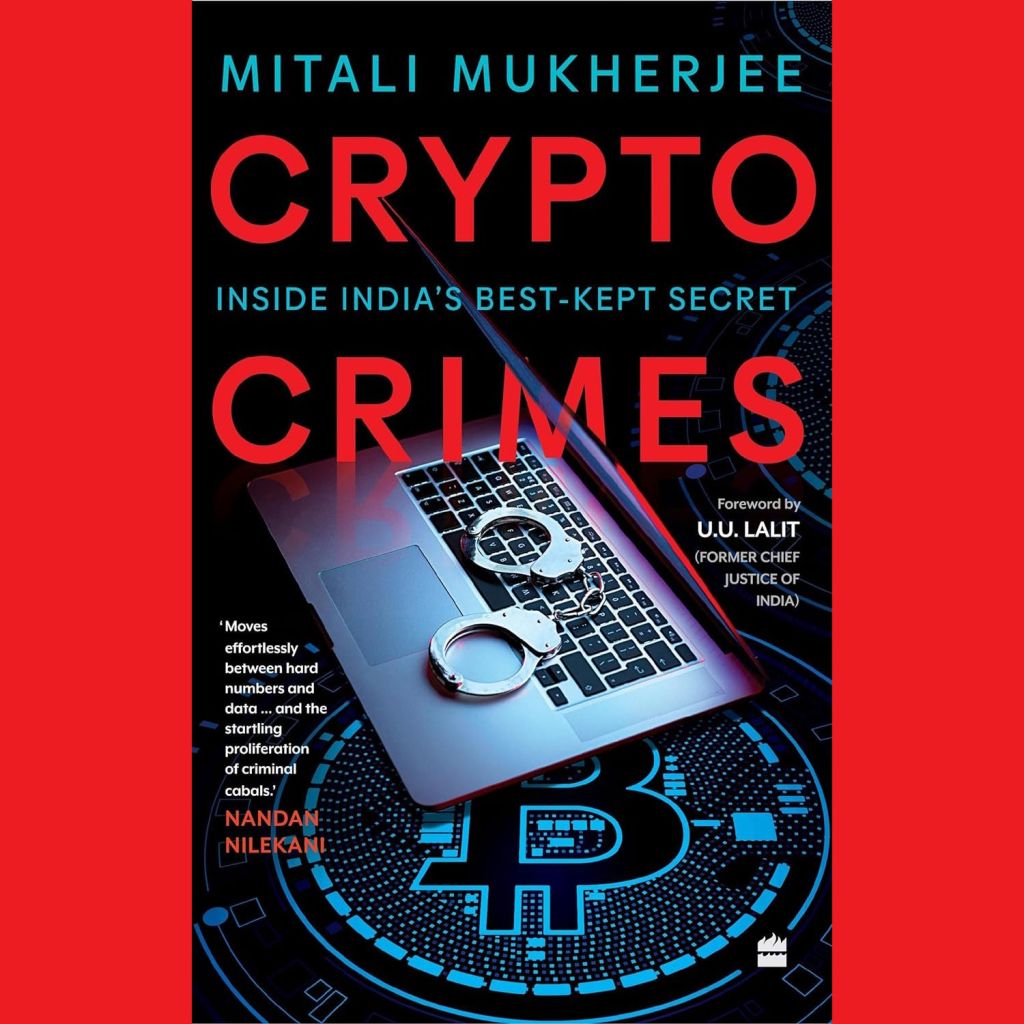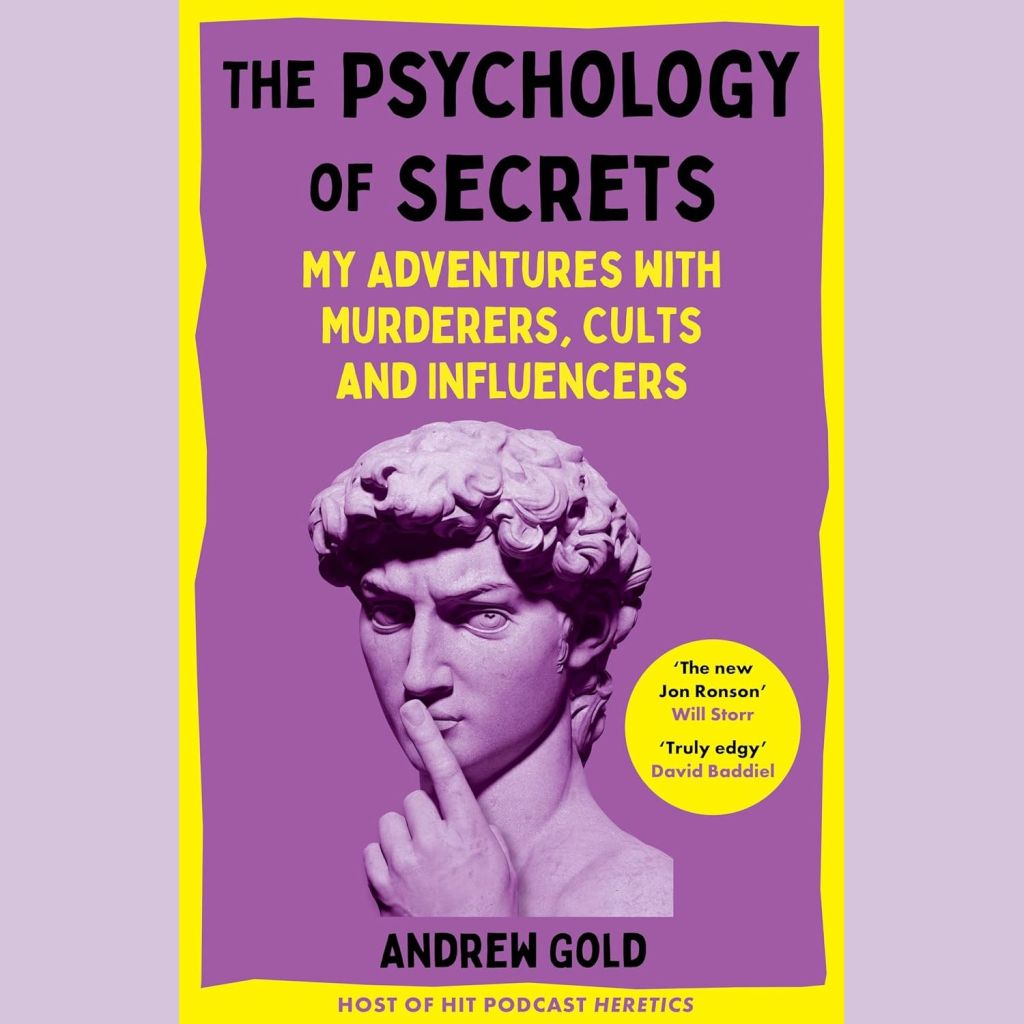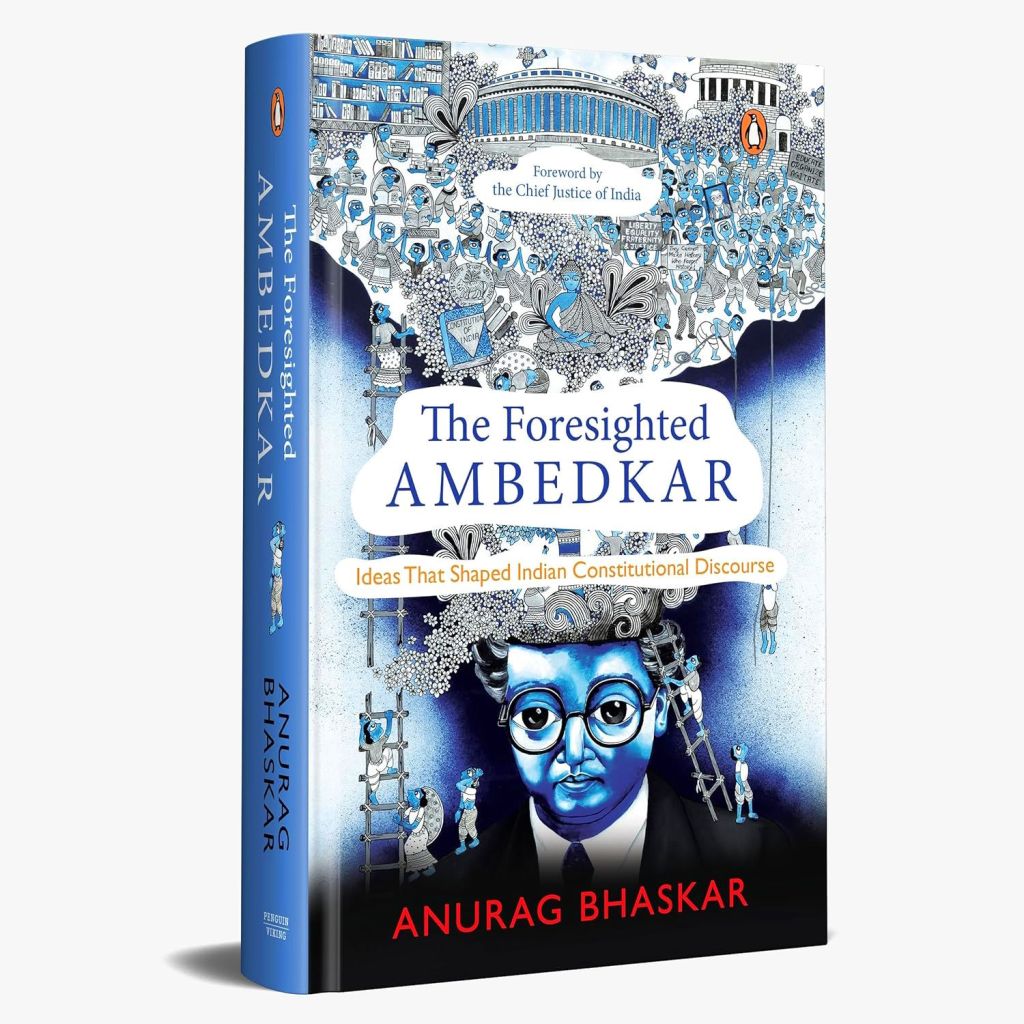A believer in book culture over all else, Delhi-based Arpita Das has worked in publishing, with HarperCollins India, SAGE Publications and Oxford University Press and was a Director at Yodakin (an alternative bookstore in Hauz Khas Village, in Delhi). She is also the founder of Yoda Press and a senior writing instructor at Ashoka University. Here, she shares tales about her early days in publishing, the changes that the publishing business has seen in recent years, the move towards self publishing, and her own forays into book retail and publishing.
After completing your MA, why did you choose to work in publishing? Was it the love of books or did you find the business of publishing particularly fascinating? Or a mix of both?
It was a mix of both really. I have always been an avid reader and we were surrounded by books at home. But the fact that my father was part of the book industry and involved in promoting book exports of Indian titles to newer emerging markets in the world through the 1970s-1980s meant that there was a lot of discussion around the dinner table about making books and marketing them to new audiences and developing new niches. I was visiting the World Book Fair in Pragati Maidan in Delhi (it used to happen once in two years then) even before I could walk! And then there was the excitement of working with language and writing in order to develop an argument, something I honed through school and college and my MA at SOAS, London. This meant the editorial side of things felt like home to me.
Tell us a bit about your early years in publishing – the journey with HarperCollins, Sage and OUP? Compared with how things were back then, in Indian publishing, how have things changed in the last 20 years? Are there now more opportunities for smaller / independent publishing houses?
I joined HarperCollins in the summer of 1998 a few months after returning post my MA in SOAS. At that point, I still thought I would go back for a PhD soon (I had deferred my admission) and that publishing was something I was doing in the interim. HarperCollins India was in a collaboration with Rupa then, and we were all stationed at the old Rupa office in Daryaganj. The HCI lot were in cubicles on the top floor. The electricity went often and we never had power backup. I remember reading proofs with drops of sweat running down my face. Even though I was the junior-most copyeditor in the team, I think I impressed my boss Renuka Chatterjee fairly quickly, and she gave me some great manuscripts to handle entirely on my own. One of them was journalist Aditya Sinha with his first book. Another was an Indian edition of actor Saeed Jaffrey’s memoir, which meant I got to spend a glorious week with Mr Jaffrey accompanying him to all his interviews and soirees. There were too many cocktail launches then, I remember, and one was often hung over at work the next day!
All the same, I was missing my academic existence and wanted to work on more serious stuff. So, I took a salary cut and moved to the relatively sober Sage India. This is really where I learnt my editing and to recognise potential publishing projects under the hawkeyed training of my bosses Omita Goyal, Sunanda Ghosh and Tejeshwar Singh. I moved into acquisitions at Sage as well and then was poached by OUP India who were looking for a Commissioning Editor for their History list. Naturally, this felt grand because of the reputation OUP India had in the industry and also because my salary more than doubled. But I soon realised that OUP India was only a shadow of its former self, as in its halcyon era under Ravi Dayal and later Rukun Advani. It was disappointing to find the premier academic publishing house stuck with fairly mediocre management and looking desperately for formulas that would give its new titles large initial print runs without having a really lasting legacy, what OUP titles, particularly in the discipline of History, were known for once upon a time. I jousted with my manager all the time over commissioning matters, and because I pushed back so much, mine was the only list the MD stepped in for to allow me to commission 10% of absolutely new cutting-edge scholarship. They wanted the rest to be textbooks and endlessly regurgitated readers and omnibus editions. In my second year there, out of sheer frustration, I started dreaming about a cutting-edge alternative imprint which would have lists that focused on new areas, new interests like LGBTQ writing and popular culture, and encourage its writers to develop their narrative non-fiction writing style. This became Yoda Press in the Fall of 2004. I still have the scrap of paper on which I scrawled the first list of ideas.
I think now, the publishing business is a more diverse place in India, and yet needs to become far, far more diverse still. Young people have more of a voice now, I feel. Social media has compelled that. #MeToo has enabled that too. Millennials and now the newly minted Gen-X inspire me on a day-to-day basis. I learn from them constantly, whether in my office or at college, and at the top of my agenda for the industry is to keep mentoring and enabling them.
You set up and ran Yodakin for a couple of years. What were some of the most remarkable things about running a bookshop in Hauz Khas Village? Would you do things any differently if you had an opportunity for setting up Yodakin 2.0?
I ran Yodakin from 2009 to 2013. It was a remarkable time and a magical experience – I took that little 400sq.ft space up on rent on a whim because I was sick of bookstores telling me it was not viable for them to keep the titles published by independent bookstores. So, I took the place on rent, and opened the bookstore in November of 2009 having sent an email out to everyone in the industry that the next time they want to find a book by an indie publisher, come to us. We catalogued our shelves by subject AND publisher. Thinking about the response fills me with awe till this day. Both from the industry, the indies who wanted to stock their books, and the readers too.
Soon, we were holding book events in that little space, packed to the rafters, events that the city had never seen before – Palestinian poetry readings, Pleasure Project evenings, movie screenings, classical guitar recitals – it was electric. Rabbi Shergill got in touch saying he wanted to record sitting in the loft space of the shop for the music video of his new single, Ganga. Shahana Goswami would drop in often to browse. My friend, the actor Rehaan Engineer, an erudite and informed reader himself, started manning the store on weekends, bringing another deluge of readers. But running a brick and mortar bookstore in the 2000s when you’re renting the space was super hard. And finally I could not keep up with the spiking rent. Ironically, rents were spiking because a few shops like mine had turned a sleepy locality into a bustling hub again. But the age-old story of gentrification pushing out the offbeat startups that gave character to a locality was repeated again and all of us, the first generation of that wave in Hauz Khas Village were pushed out. Yodakin 2.0? Maybe someday but something very different, and in my future home in Goa, where my partner is from, and where we hope to relocate sometime soon.
Today, for someone trying to set up a new bookshop from scratch, what would be the biggest caveats? What can smaller/indie bookshops do differently from the bigger setups in order to carve a niche for themselves?
Make sure you own the space/property you are opening the bookstore in. Make sure you have got your online platform up and running, with a strong backend, the day you open your brick and mortar store. Use the store space to curate events and lists. You don’t need a massive space to stock thousands of books in these days of affordable print-on-demand services. But a coffee kiosk will help. And do ticketed events, even if the ticket is buying a copy of the book in focus. Get your social media game right.
Tell us about AuthorsUpFront. What was it that encouraged you to set up AuthorsUpFront? For authors, what are the advantages of self-publishing vis-à-vis partnering with an established publishing house?
AuF was another dream like Yodakin. In 2013, after closing down Yodakin, I felt I had let down the self-published authors who used to stock their books in our store, ours being the only one that had self-published titles available at that time. By this time, I was also talking very often to my friend Leonard Fernandes who ran Cinnamonteal from Goa, perhaps India’s first self-publishing platform (they later also opened the bookstore Dogears). I learnt a lot from him about what digital had done for creators who wanted to experiment, like graphic novelists and designers and poets, who did not want to wait for contracts with publishing firms anymore because they had access to the bookmaking technology and they could sell their books on Amazon.
I had met a lot of these authors while running Yodakin. So, I spoke to another friend in the industry, Manish Purohit, about my idea to start a self-publishing platform and it was encouraging that a fairly cautious person like him was excited too. After AuF started, I realised I loved working with whistleblowers – that was my natural inclination, I suppose – so I worked with Paranjoy Guha Thakurta and Rana Ayyub on their superb books. After 2015 though, I felt I needed to focus more on Yoda Press again; our joint imprint with Sage India had started in 2014 and my colleague of six years had just moved cities. So I decided to withdraw from AuF and focus all my attention on YP. I still remain a Director at AuF, however.
In India, what are the opportunities for a smaller publishing house as compared to the top 3-4 publishing companies in the country? At Yoda Press, what types/genres of books do you primarily want to publish, and why? Do you encourage new authors?
I think with social media and the rising importance of online promotion and purchasing of books, there are many more opportunities for smaller and independent publishers today. One can really get a buzz going about a book and author no matter how big [or small] the publishing house or brand behind her. Of course if we had access to TikTok/BookTok, it would have been even more marvellous. At YP, we remain committed to publishing more narrative non-fiction, and to growing our graphic books list. These are the two types of books we are most excited about. We are also getting into audiobooks slowly and I know we will soon have to take a decision about doing some original titles as audio first/only. New authors and new voices have always been our mainstay. I think what authors particularly love about working with us is the thoughtful and nuanced engagement by the team. They also love how strong we are on social media.
Will a good book always sell on its own merits, or is it very important these days for a newly launched book to be backed up by a full-blown PR and social media marketing effort – as a publisher yourself, what’s your take on this?
Our social media is very strong, stronger even than that of many bigger houses with far more resources than us, and yes, books need social media engagement to support them these days just like book reviews supported them in older times. I think it is pointless to think of books as good or bad. At the end of the day, how long and how much a book is loved and read by its readers always depends on how much it resonates with its intended audience. All the same, it helps to put the word out there and create a buzz around a new book so that as many of the intended audience of the book become aware of it quickly.
Please tell us more about your teaching work at Ashoka University? Do a lot of young people, whom you teach at Ashoka, have ambitions of writing a book someday?
I teach two courses at Ashoka University. The first which I teach all year is a mandatory foundation course for all first-year students, called Introduction to Critical Thinking. The second is the Publishing Seminar which I conduct every Spring Semester with third year UGs and postgraduate students who are writing a Creative Writing thesis. I read and publish both kinds of writing, creative and academic, so it is wonderful to be able to teach both to young students.
Flair for writing is one thing and spending your time crafting your writing is another, and no, one cannot substitute one for the other. You just have to look at the book proofs of eminent writers like Woolf and Proust, many of which have been carefully preserved, to know that without crafting, there is no writing. In my online writing workshops run by Yoda Press, I usually focus on finetuning one’s manuscript, whether academic or not, to get it ready for the publishers.
What books do you like to read? Any favourite genre? Favourite authors? Any books that you’re particularly looking forward to reading in 2023?
I am a great lover of narrative non-fiction, and for every 4-5 books read in that genre, I will read one work of fiction. Women walking, loitering, travelling is a particularly beloved genre of mine. My favourites are too many, but I would mention for now Virginia Woolf, Krishna Sobti, Ambai, W.G. Sebald, James Baldwin and Joe Sacco. Particularly looking forward to reading Angela Saini’s Patriarchs in 2023. I adore all her writing and highly recommend her books to everyone.
adventure advertising Apple astrology audiobooks Banaras best-of lists Bombay book marketing business Calcutta cheap reads cityscapes corporate culture crime design fiction food Hinduism hippies history India Japan journalism journalists libraries literary agents memoirs memories money Mumbai music my life with books Persian photojournalism publishers publishing religion science-fiction self-help technology travel trends Varanasi wishlists
More Stories:


